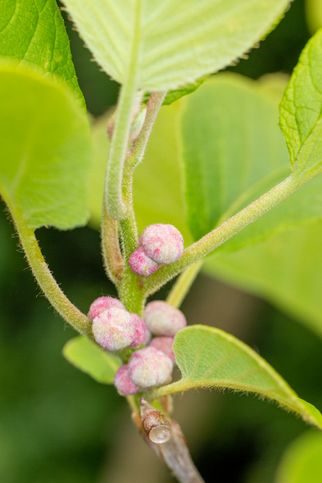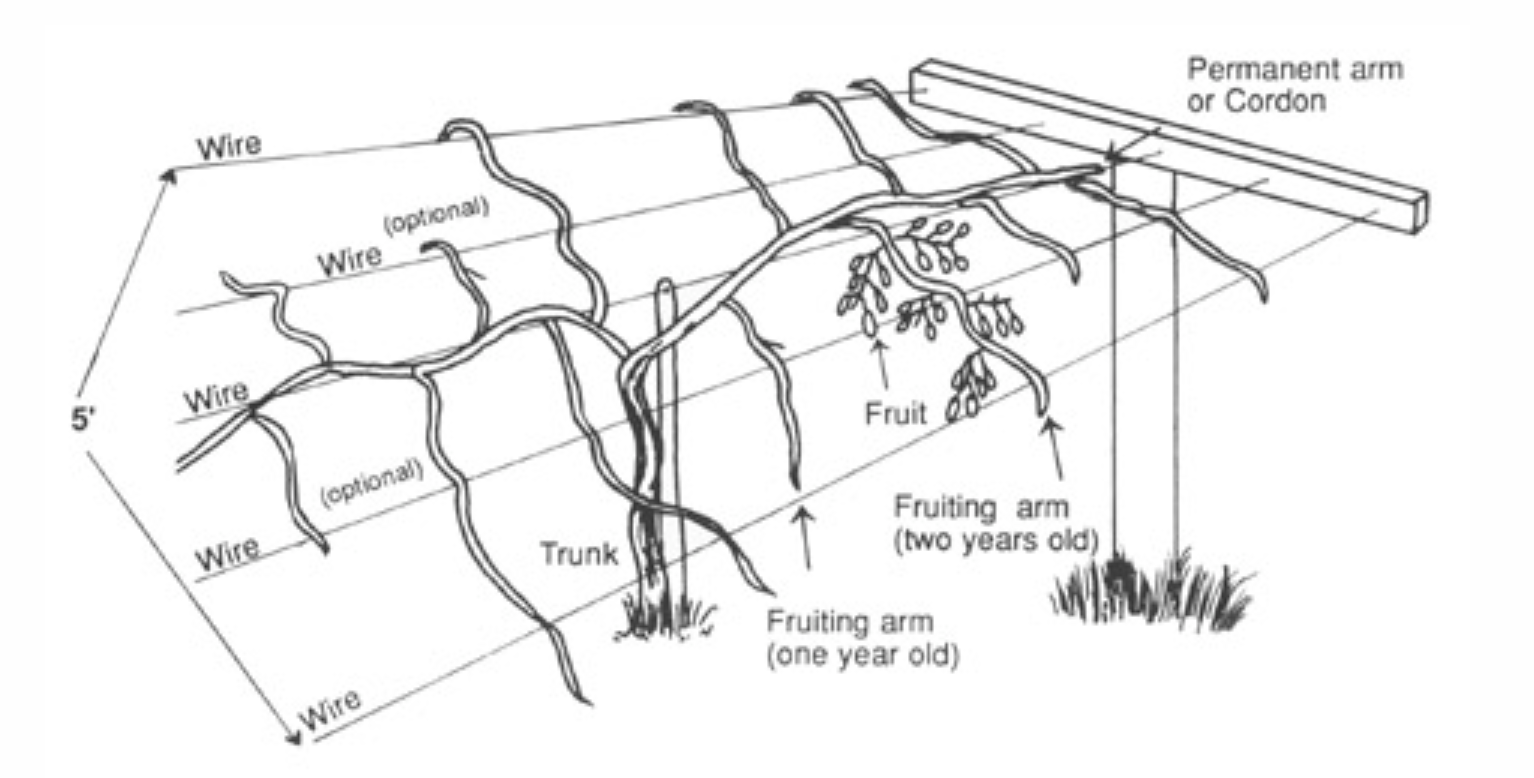Did you know you can grow: Kiwi
UGA Extension experts provide information on growing uncommon Southern delights in your own backyard.
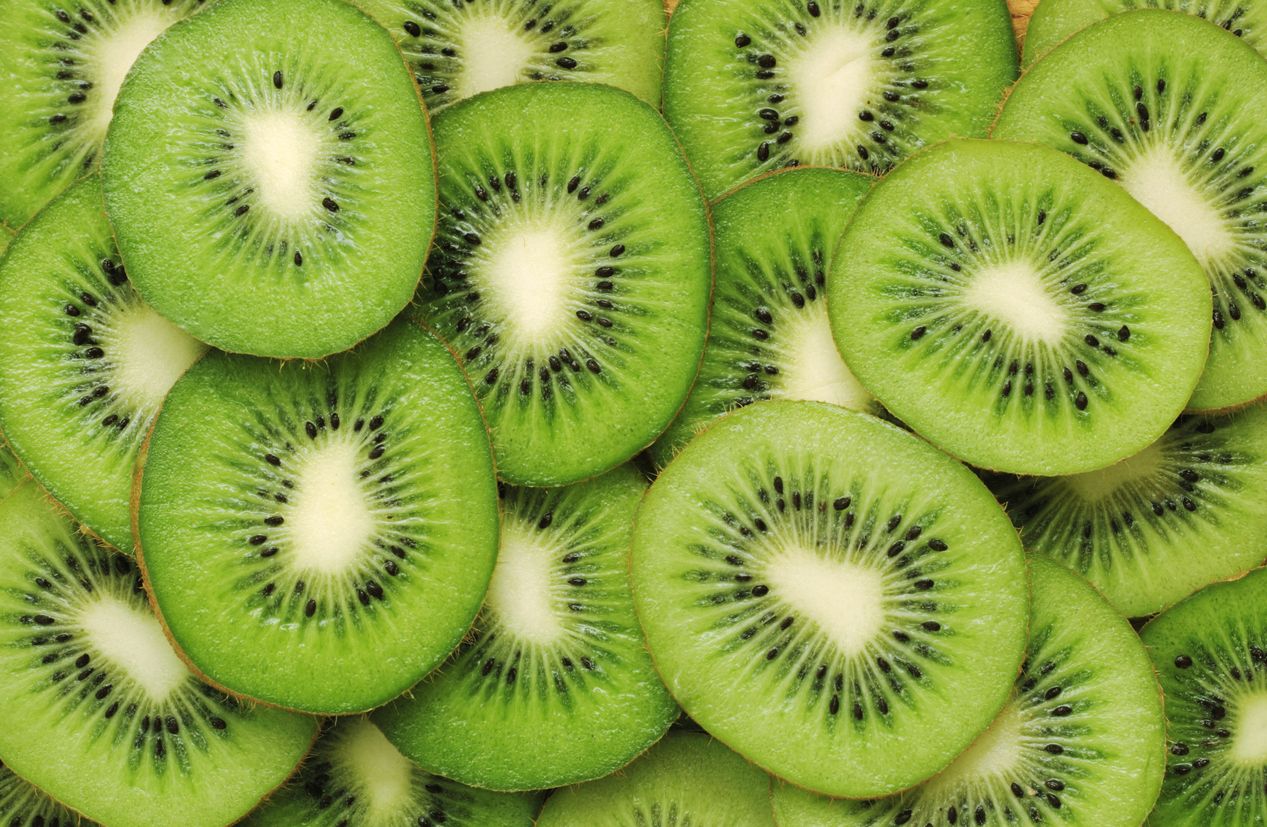
Georgia, traditionally known as the Peach State, is famous for its peaches, pecans and peanuts. But thanks to its mild climate, the state also supports a variety of uncommon and exotic fruits.
In a monthly series inspired by University of Georgia Cooperative Extension publication “Minor Fruits and Nuts in Georgia” and edited by UGA Extension consumer horticulturist Bob Westerfield, we’ll highlight lesser-known fruits that can thrive in Georgia home gardens.
This month, we are focusing on kiwi. Although often considered exotic, kiwifruit can be grown in several regions in Georgia. Fuzzy kiwi, Actinidia chinensis or A. deliciosa, is the type you find in the grocery store and the most common. Cold hardy to winter temperatures of 10 degrees Fahrenheit, kiwi usually grow well in Plant Hardiness Zones 7-9.
Where did the kiwifruit come from?
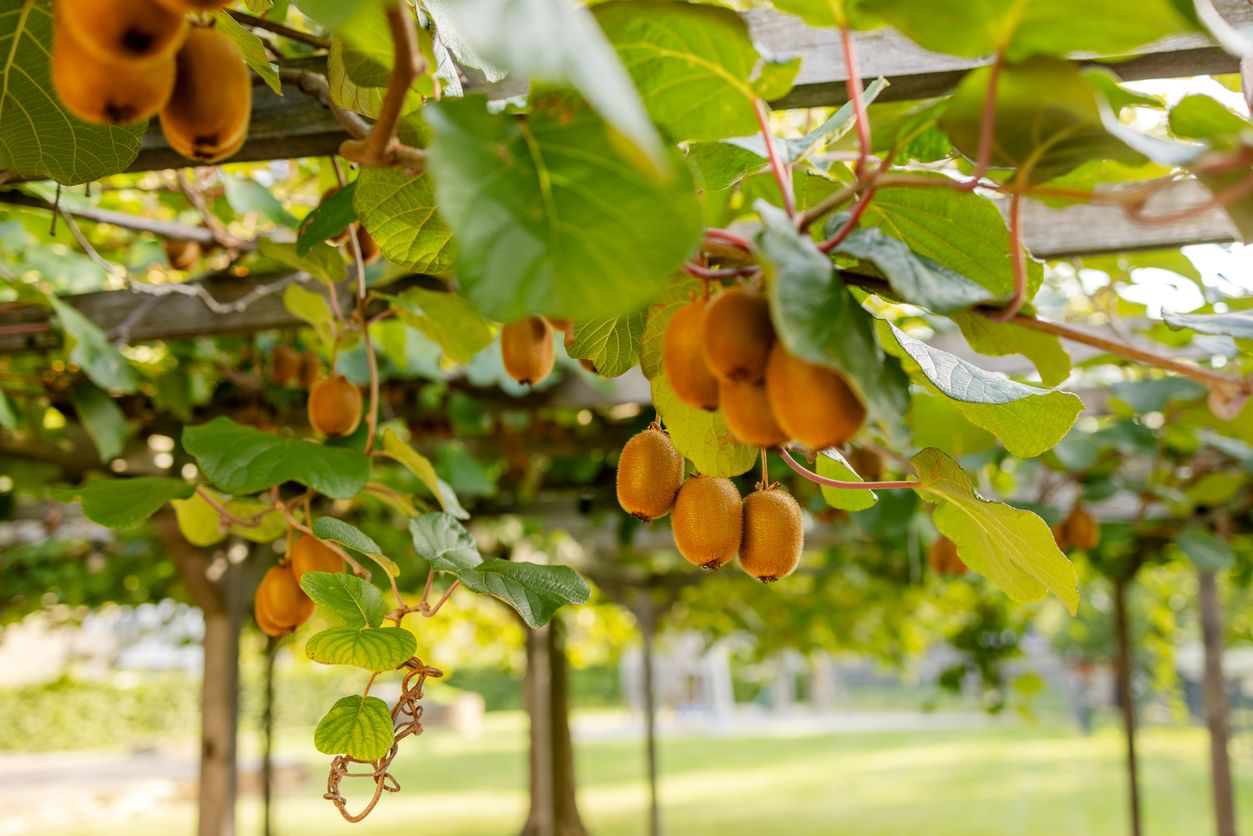
Kiwifruit — or kiwi, for short — is a small fruit with brown, fuzzy skin and green pulp with black seeds. With an acidic taste similar to a strawberry or watermelon, all parts of the kiwi are edible, although some choose to remove the skin before eating.
The kiwi was originally introduced from China as the Chinese gooseberry to New Zealand, the United Kingdom and the U.S. in the early 20th century. But the gooseberry was not a popular fruit. So, in 1959, New Zealand officially renamed it kiwifruit after its small, brown, fuzzy national bird, the kiwi. This led to much greater popularity, and New Zealand has remained a top grower of kiwi globally.
The kiwi is a bird unique to New Zealand, known for its small size and fluffy brown feathers.
The kiwi is a bird unique to New Zealand, known for its small size and fluffy brown feathers.
Selecting kiwi varieties
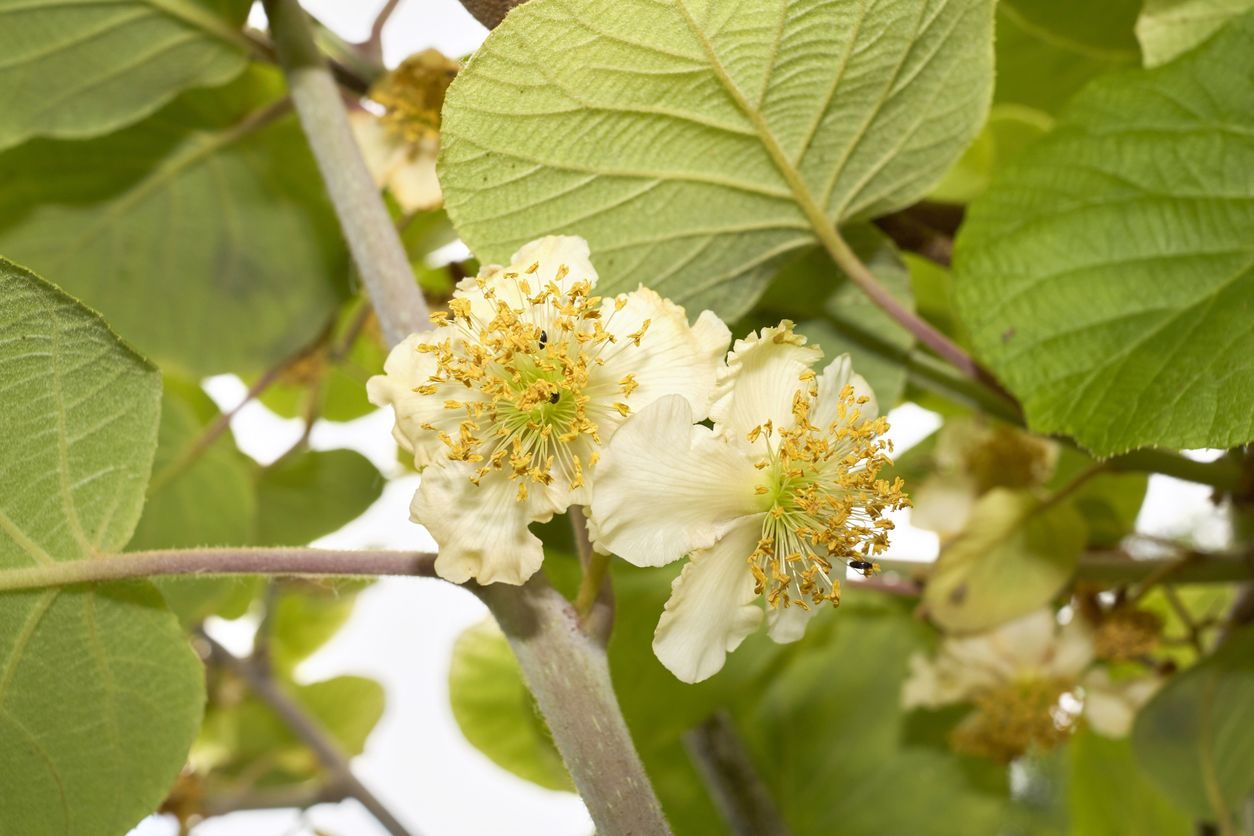
Growing kiwi requires both a male and female variety. Male varieties only produce flowers, while female varieties produce both fruit and flowers. One male can pollinate up to eight female plants.
'Hayward' and 'Bruno' are popular female varieties that can be grown with the male variety, 'Matua', in Georgia.
Where to grow kiwi
Although kiwi requires a bit more work than other fruits, it can be a very rewarding crop for dedicated growers.
A kiwi plant should be planted in an area that receives full sun and is protected from the wind. Plant in sandy loam or sandy clay loam soil with adequate drainage to prevent root rot.
To improve drainage, amend the soil with rich organic matter, but do not use peanut straw or hulls, as kiwi are susceptible to a root disease carried by peanut litter.
Blueberries, a Georgia favorite, grow in very similar conditions, making it a great companion plant. Kiwi can also be planted next to herbs and ornamentals like lavender, geranium, lemon balm, marigold and clover. These attract pollinators, improve soil health and deter pests from growing kiwi.
Kiwifruit only grows on the female variety of the plant.
A screen can be placed over growing mayhaw seedlings to prevent birds from eating the seedlings while they are small.
Herbs like lavender will attract pollinators that support kiwifruit plants.
Herbs like lavender will attract pollinators that support kiwifruit plants.
Planting and pruning
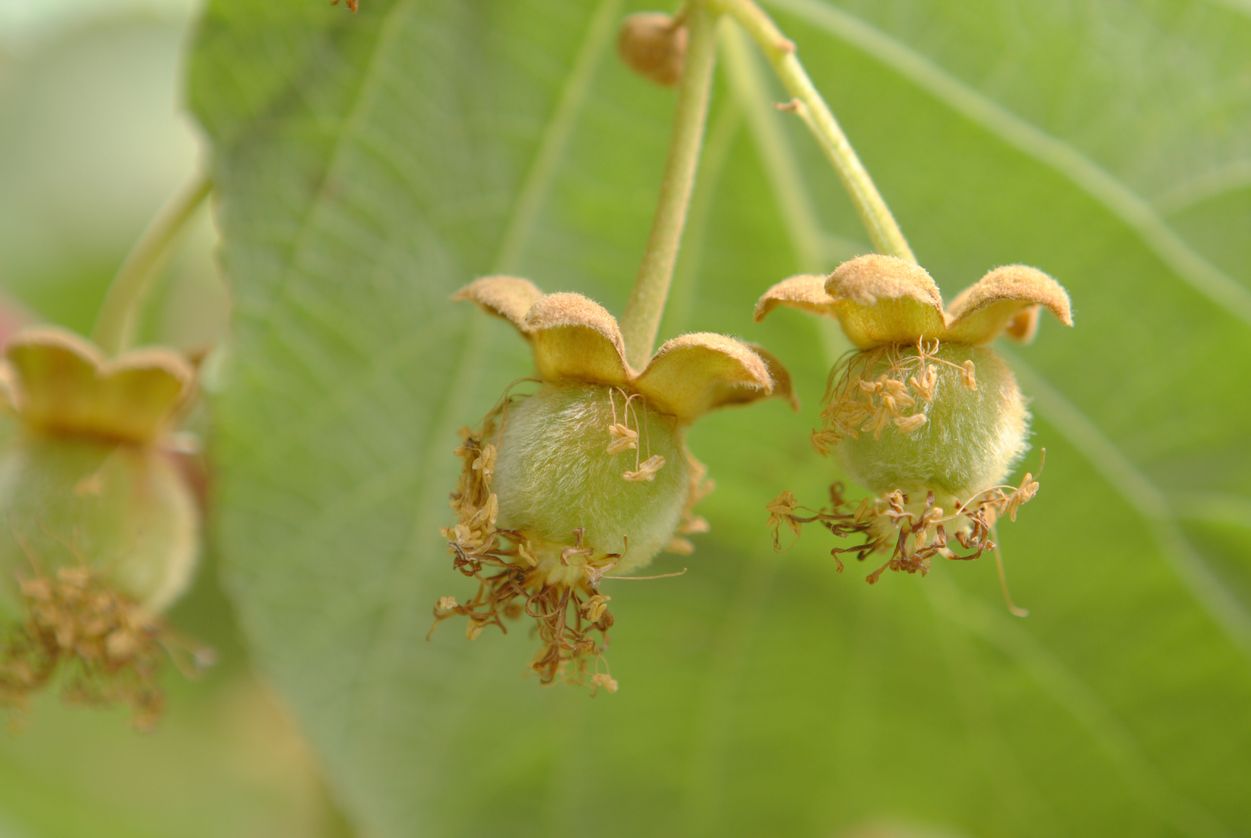
Propagating young nursery plants is the best option for growing kiwi, as seeds are not always true to type and take much longer to grow. Young plants can be found at some plant nurseries or online.
Kiwi are vining plants and can grow rapidly up a trellis, arbor, fence or wall, but may require some training.
UGA Extension recommends a T-bar trellis for the best growth and fruit production. One or two trellises should support a basic home gardening operation, with one for the male plant and one for the female plant. Space kiwi plants and their trellises about 15 feet apart.
Kiwi plants require some training and pruning to properly grow on a trellis. Allow the trunk to grow upwards until it almost meets the wire, then pinch out the top bud and train two shoots in opposite directions down the wire. As the plant grows, gently wrap the vines around the center wire with degradable string, tape or cloth.
Branches of the kiwi typically only produce fruit once. After each season’s growth is done and new branches have grown, last year’s branches can be pruned.
For more detailed pruning information, read the kiwi section of the “Minor Fruits and Nuts in Georgia” resource from UGA Extension. To learn more about trellising, check out viticulturist Sarah Lowder's “Introduction to Wine Grape Trellising, Training, and Pruning Terms.”
Several trellising options are available for growing and training kiwi plants, but a simple horizontal T-bar trellis is recommended.
Several trellising options are available for growing and training kiwi plants, but a simple horizontal T-bar trellis is recommended.
Many vining plants require pruning to produce a good crop.
Many vining plants require pruning to produce a good crop.
Care and harvesting
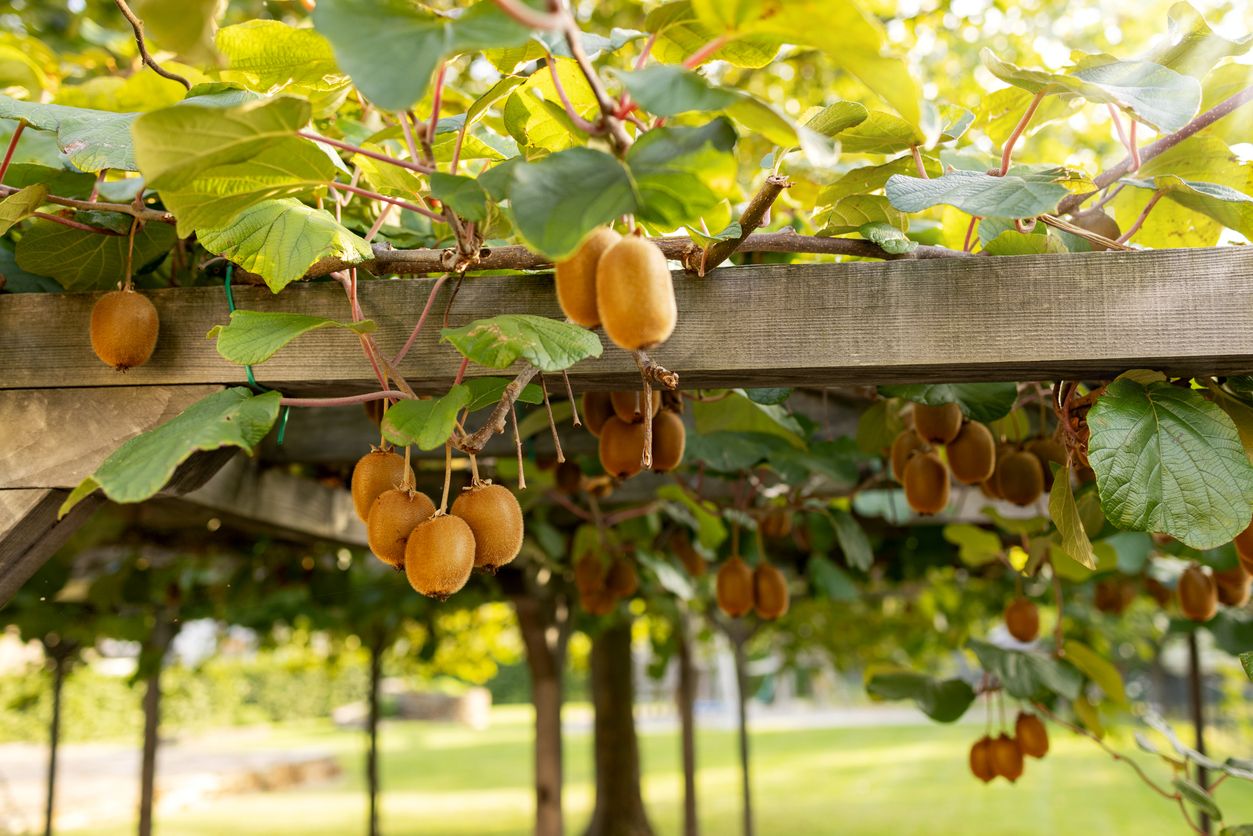
Kiwi plants require 10-10-10 fertilizer. Apply 4 ounces during March, May and July in the first year of growth. Apply 8 ounces in the second year, 16 ounces in the third year and 32 ounces once the plant is 4 years old or older.
Kiwi is drought-sensitive and needs plenty of water. Water multiple times a week when the plant is young, and immediately if the leaves start to fold or wilt. Mature plants require consistently moist soil, but standing water can lead to root rot.
Kiwi typically matures to full size in August but will not be fully ripe until around October. The fruit is ready to harvest when it is slightly soft and its seeds are black.
For help getting started or managing your kiwi plants, contact your local UGA Extension office.




